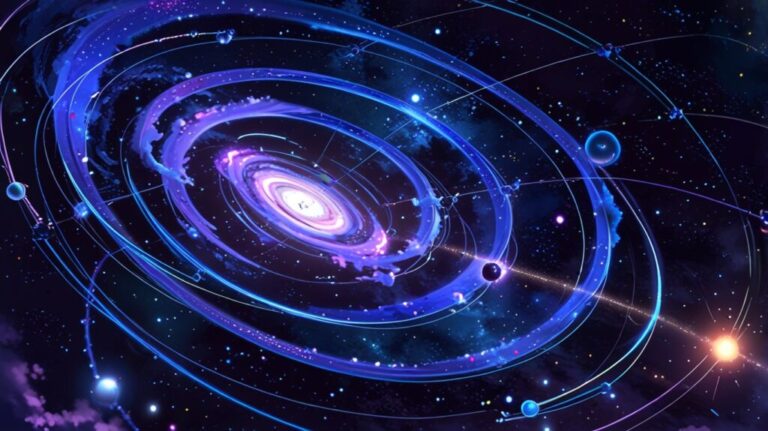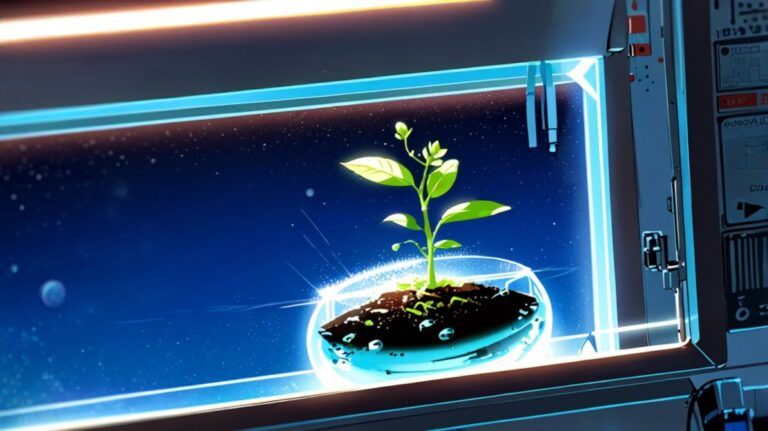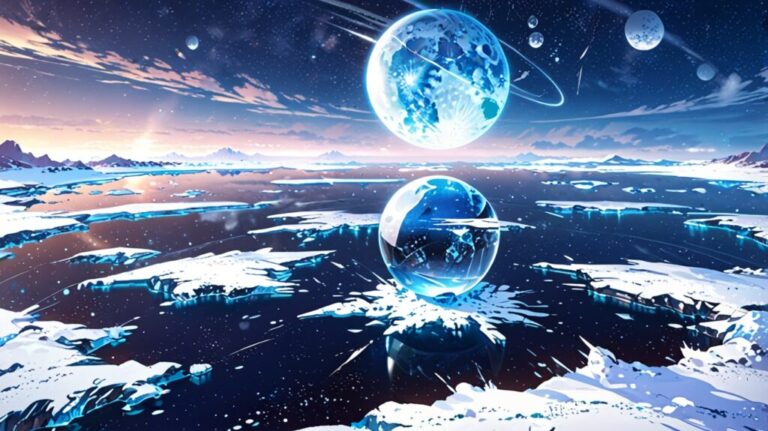Could rogue planets support hidden oceans?
Could Rogue Planets Support Hidden Oceans?
Okay, let’s set the scene: you’re drifting through deep space, miles away from any star, just floating in darkness. No sunshine, no solar system, no cozy orbit around a life-giving star. Just cold, lonely space.
Now picture a planet out there — a “rogue” planet, just wandering through the galaxy like a cosmic loner. Sounds bleak, right? A frozen rock with nothing interesting going on?
Well… maybe not.
Here’s the wild part: some scientists think these rogue planets could actually hide liquid oceans beneath their frozen surfaces — even without any sun to keep them warm.
Wait, what?
A planet with no star… might still have oceans?
Yeah. Let’s talk about it.
First, What Is a Rogue Planet?
A rogue planet (also called a “free-floating” or “orphan” planet) is exactly what it sounds like — a planet with no parent star. It either formed on its own or got kicked out of its home system by some cosmic drama (like gravitational fights with other planets or stars).
Basically, it’s a world just wandering the galaxy, completely disconnected from the warmth and light of a sun.
It sounds like the loneliest existence ever. But nature, as always, has a few surprises up its sleeve.
But… No Sun = No Heat = All Ice, Right?
That’s the first thought, yeah. No sun? No light. No warmth. Just instant space popsicle.
But here’s the twist: heat doesn’t only come from stars.
Planets can generate their own internal heat through a few different methods:
Radioactive decay (like what happens in Earth’s core)
Residual heat from formation (leftover energy from when the planet first formed)
Tidal heating (if they have moons or some other body nearby to flex their core)
This internal heat can be enough to keep the inside of a planet warm, even if its surface is completely frozen solid.
Think of it like this: the outside is an ice cube, but the inside? A warm thermos.
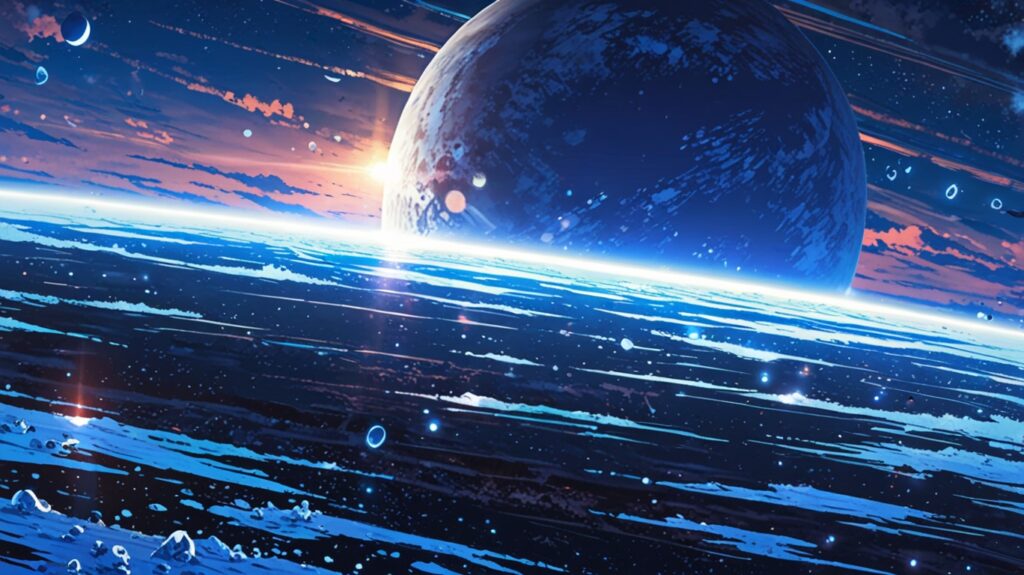

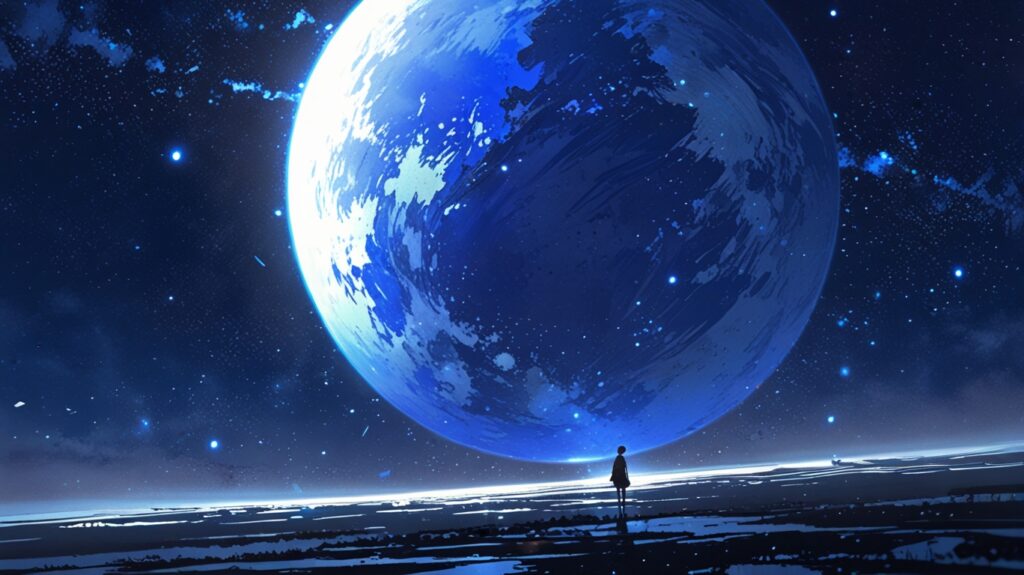
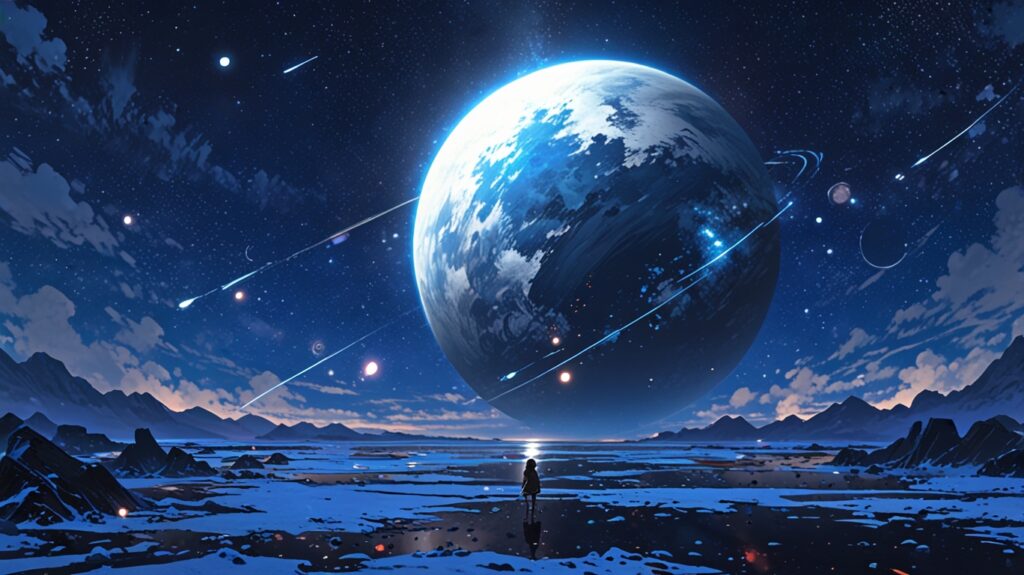
So… Could There Be Oceans Under the Ice?
Yes — that’s the theory. If a rogue planet has a thick enough ice shell on its surface, it could actually act like a thermal blanket. That would trap the planet’s internal heat and keep liquid water sloshing around underneath.
This isn’t even just theory — we already suspect it’s happening in our own solar system.
Take Europa (a moon of Jupiter) or Enceladus (a moon of Saturn). Both have icy surfaces and liquid oceans underneath, even though they’re far from the Sun. Their heat comes from inside — and that might be enough to keep life-sustaining water around.
So if moons can do this… why not rogue planets?
Could These Oceans Support Life?
Now we’re getting to the juicy part.
If there’s liquid water, and some source of heat and nutrients, life is at least possible. We’re not talking palm trees and dolphins here — more like microbial life, the kind that lives around hydrothermal vents deep in Earth’s oceans, completely cut off from sunlight.
These creatures don’t need the Sun. They thrive on chemical energy, a process called chemosynthesis. And if something similar is happening on rogue planets? It’s not crazy to think that life could be doing its quiet little thing in the dark.
In fact, some scientists argue that rogue planets with subsurface oceans might be more common than Earth-like planets around stars. Which would mean… more chances for life out there.
What Would These Planets Be Like?
Alright, imagine this:
You’re standing on the surface of a rogue planet.
The sky? Pitch black. No stars close enough to light the way.
The ground is hard, frozen ice — solid, unmoving, eerie in its silence.
Below your feet, miles deep, there’s a liquid ocean, slowly sloshing inside a rocky shell.
Maybe there are hydrothermal vents, mineral plumes, maybe even microbes floating and thriving in total darkness.
It’s like something out of a sci-fi novel. Except we might actually find one of these worlds someday.
So How Would We Even Find These Planets?
Rogue planets are hard to spot (because they don’t reflect light from a star), but we have a few tricks:
Gravitational microlensing: When a rogue planet passes in front of a distant star, its gravity can slightly bend and magnify the light, revealing its presence.
Infrared detection: Some rogue planets still give off faint heat signatures we can detect with specialized telescopes.
As tech improves, we’re getting better and better at spotting these cold wanderers — and who knows? Maybe one of them is hiding a secret ocean just waiting to be discovered.
Final Thoughts
So… could rogue planets support hidden oceans?
Yes — and it might be way more common than we ever imagined.
They’re cold, they’re silent, they’re drifting through space with no sunlight and no spotlight. And yet, they might still hold warm, secret oceans deep inside — oceans that could cradle the beginnings of life, just like Earth’s did.
It’s kind of humbling, right? That even in the deepest darkness of the galaxy, life might still find a way to bubble up from beneath the ice.
And if that doesn’t make you fall a little bit in love with the universe… I don’t know what will.
Related Articles from EdgyThoughts.com:
Why Emotional Intelligence Is Finally Being Taught in Schools
https://edgythoughts.com/are-schools-teaching-emotional-intelligence-now
Is VR the Future of Classroom Learning?
https://edgythoughts.com/is-vr-the-future-of-classroom-learning
External Resource:
Read more about rogue planets and the possibility of life beyond our solar system:
Rogue planet – Wikipedia



